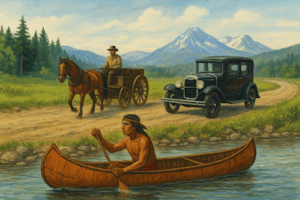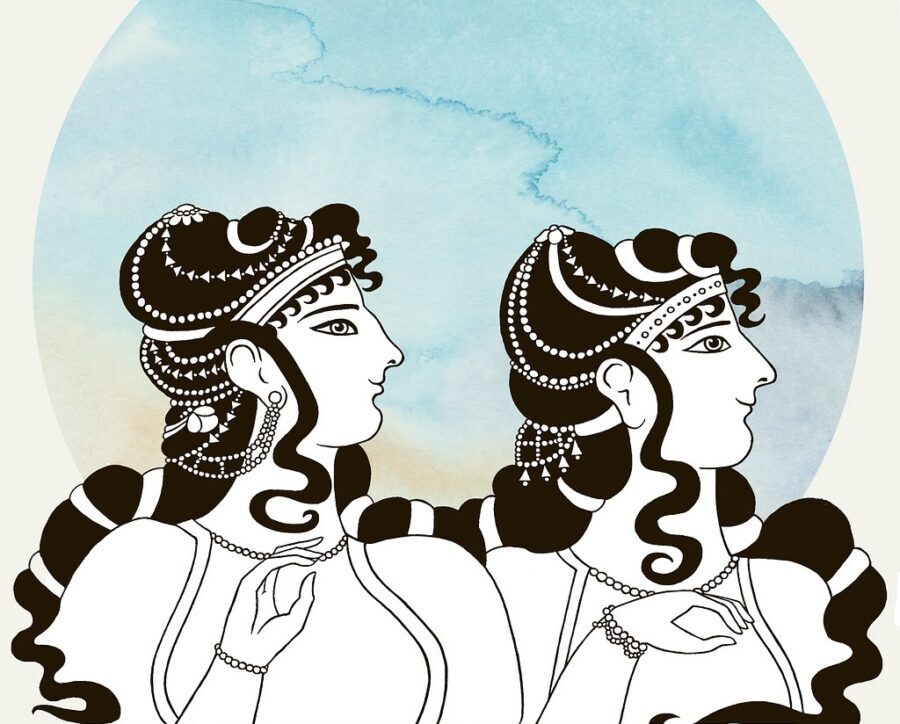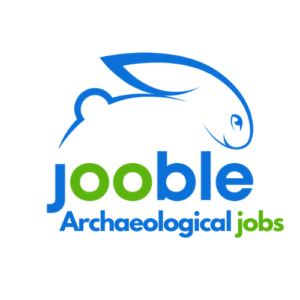
Canada is a land filled with stories that stretch back thousands of years. From Indigenous artifacts that carry ancestral knowledge to the gleaming automobiles that line today’s highways, every object tells a tale about the people, cultures, and innovations that have shaped this nation. Tracing these hidden stories is like walking through time, discovering how traditions and technology merge to create Canada’s unique identity.
The Roots of Canadian History: Artifacts That Speak
Long before cars dominated Canadian roads, artifacts revealed the lives of those who walked the land. Archeological digs across Canada have uncovered stone tools, pottery fragments, and ceremonial items dating back over 10,000 years. These objects aren’t just museum pieces — they represent the resilience, creativity, and spirituality of Indigenous communities.
Artifacts such as arrowheads, beadwork, and woven baskets demonstrate how early societies adapted to their environments while preserving artistic traditions. For example, the Haida and Coast Salish peoples on the West Coast crafted intricate carvings from cedar wood, while communities in the Prairies used buffalo bones for both tools and cultural rituals.
These treasures serve as reminders that Canada’s story didn’t begin with colonization but with rich, thriving civilizations.
From Canoes to Cars: Evolution of Transportation
Transportation has always been central to Canada’s development. The birchbark canoe, lightweight yet durable, enabled Indigenous communities to navigate rivers and lakes efficiently. With European settlement, horse-drawn carts and railroads revolutionized the movement of goods and people.
By the early 20th century, automobiles entered the picture, dramatically altering daily life. The Ford Model T became a symbol of modernity, giving Canadians newfound freedom to travel beyond their towns and cities. Roads were built, service stations popped up, and a new car culture began to flourish.
Today, automobiles remain woven into Canada’s identity, serving not only as modes of transport but also as reflections of status, lifestyle, and innovation.
Automobiles as Modern-Day Artifacts
When we think of artifacts, we often imagine ancient tools or historic relics. Yet, automobiles themselves are evolving artifacts of Canadian society. Classic cars like the Chevrolet Bel Air or Pontiac Laurentian capture the optimism of the 1950s, while muscle cars of the 1970s reflect a time of rebellion and independence.
Even today, electric vehicles like Tesla and homegrown innovations in sustainable transport are becoming part of Canada’s ongoing story. In a hundred years, these modern machines will be viewed as cultural artifacts that tell future generations about our values — efficiency, sustainability, and technology.
Preserving Canada’s Moving Heritage
Across the country, museums and enthusiasts are working to preserve Canada’s automotive history. The Canadian Automotive Museum in Oshawa, Ontario, houses an impressive collection of vehicles dating back to the early 1900s. Similarly, local car clubs organize shows where vintage models are lovingly restored and displayed.
Restoration, however, is no small feat. It requires precision, patience, and professional care. This is where auto detailing becomes an essential craft. For example, if you’re passionate about keeping your car’s appearance immaculate, professional services like detailing in Calgary provide expert polishing, interior restoration, and protective treatments. Just like conserving artifacts in a museum, detailing ensures modern cars retain their shine and story for years to come.
Cracks in the Glass: The Story of Windshields
While engines and paint often steal the spotlight, windshields also tell fascinating stories about innovation and safety. In the early days of motoring, windshields were simple glass panels that shattered easily. Over time, laminated safety glass became the norm, protecting drivers from injury during accidents.
Today, windshields are more advanced than ever, equipped with sensors for lane assistance, rain detection, and even heads-up displays. However, one thing hasn’t changed — they still crack and chip under Canada’s extreme weather conditions.
Drivers in Alberta, for instance, often face flying gravel on highways, leading to windshield damage. That’s why services offering the cheapest windshield replacement Calgary remain essential for car owners who want affordability without compromising on safety. It’s yet another example of how automotive maintenance connects everyday Canadians with broader stories of technological progress.
Roads as Pathways of History
Canada’s vast road networks themselves carry hidden stories. The Trans-Canada Highway, stretching over 7,800 km, links coastal provinces and symbolizes national unity. Smaller local roads also hold historical significance, often following trails once used by Indigenous peoples or fur traders.
Driving along these routes can feel like traveling through time. Every signpost, rest stop, or roadside attraction adds to the tapestry of Canada’s history.
Beyond the Vehicle: Stories of Community and Identity
Cars in Canada are more than machines; they are social connectors. From family road trips to weekend car shows, automobiles bring people together. In rural areas, trucks and SUVs symbolize hard work and resilience, while in urban centers, compact cars and hybrids reflect practicality and environmental consciousness.
Communities have formed around shared automotive interests, such as Jeep clubs or classic car enthusiasts. These groups celebrate not only the vehicles themselves but also the memories and friendships built along the way.
Artifacts and Automobiles: A Shared Legacy
What connects ancient artifacts with modern automobiles is the idea of storytelling. A stone tool may reveal how a community hunted and survived, while a car can reflect how people traveled, worked, and celebrated in the 20th or 21st century. Both are testaments to human ingenuity and adaptation.
Museums, cultural organizations, and auto enthusiasts are all custodians of these legacies. By preserving them, they ensure that future generations understand not just what we used but also who we were.
Looking to the Future: Tomorrow’s Artifacts
As Canada advances into an era of artificial intelligence, self-driving vehicles, and green energy, it’s worth imagining what tomorrow’s artifacts will look like. Will electric charging stations become cultural landmarks? Will autonomous cars be displayed in museums as the “horseless carriages” of the 21st century?
What’s certain is that Canada’s hidden stories will continue to unfold. Just as arrowheads and classic cars now rest side by side in our understanding of history, future generations will piece together our lives through the technology and objects we leave behind.
_________________________________
Canada’s hidden stories are not confined to museums or archives. They live in artifacts buried in the soil, in the vehicles we drive, and even in the repairs and detailing we invest in. From the artistry of Indigenous tools to the shine of a freshly polished car, each object connects us to a larger narrative of resilience, innovation, and identity.
By tracing these stories — from artifacts to automobiles — we uncover not only the past but also the possibilities of the future.


